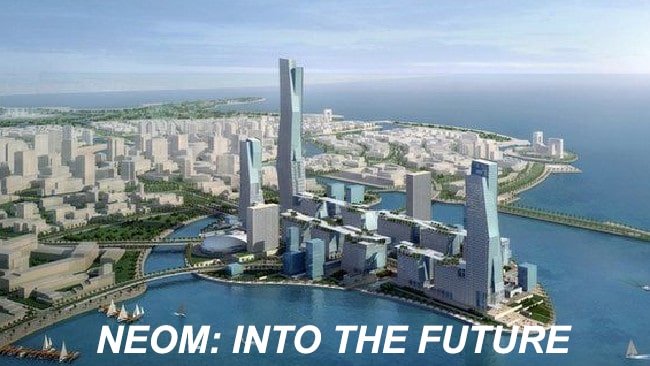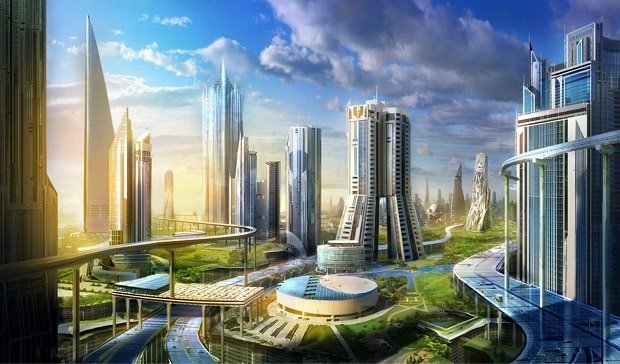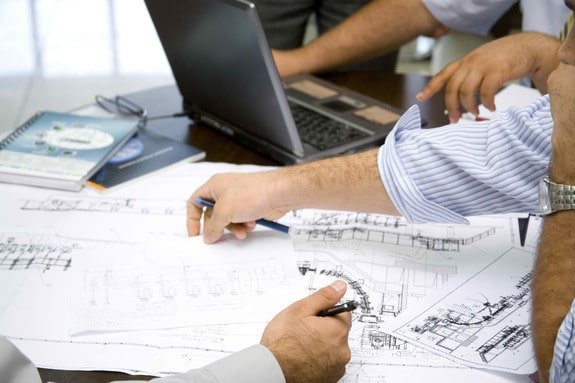Whether it’s for your corporate headquarters or for your dream home, your choice of contractor can make all the difference. They may have the skills and experience. But how well do they work with their clients? Will they be able to deliver the same vision you have in your mind? Will they be their when something goes wrong?
Choosing a contractor is all about finding the perfect balance in terms of experience, price and attitude. Here are 10 steps that will help you zero in on the best contractor for your project.
Have a clear vision of how you want the project to turn out.
This project is yours, so you can’t let someone else envision how this should turn out. How do you want this project to turn out? Do you prefer a Design-Build approach where you work on both the design and building with the contractor? Perhaps you have already worked out the design with an architect, but you haven’t gone through interior details and some things are subject to interpretation. Do you want a classical feel, or would you like an industrial look? Do you want a modern glossy finished doors or a stained natural wood finish? Clarify those matters to get a more accurate quote from the contractor.
Having a clear vision of how you want this to turn out will save you a lot of time in the long run. It allows you to later zero in on contractors who can share the same vision instead of imposing their own.
Think about your budget.
Most of the time, property owners already have a budget in mind. However, you should leave room for adjustment. Set aside a 20% portion for the total budget for upgrades, changes, and items that you didn’t foresee. Do some research, and make some calls, so that you can set a realistic budget. The
Ask for referrals.
Once you make your final decision, you’re going to have to work with this contractor over a long period of time. It’s not something you can back out from easily, especially when you start realizing that this may not be the best idea after all.
This is why it’s important to talk to people who have already experienced working with contractors in the past. Find out about their experiences so that you can set the proper expectations. Ask them for the names of contractors that they have worked with in the past and have proven to be worthy of trust.
Check reviews.
Aside from the experiences of your peers and family, check reviews posted online as well. Make sure that they have considerable reviews and check for responses on any negative ones. This will help you find out about their customer service. There may be a bad review somewhere that will make you think twice about the choices you’re about to make.
Look at portfolios.
Using your research and the recommendations from your peers, start checking on portfolios. Look at past projects that the names on your list have worked on in the past. There’s bound to be a few images that will reflect the kind of project you have in mind.
Check to see how diverse each contractor’s projects are. This will give you a clue on how flexible and creative they can be.
Create a shortlist.
Now that you’ve seen what your different options are, it’s time to eliminate the choices that you feel do not match what you need.
Some people are wary about shortlists because they’re afraid they’ll miss out on something. Don’t worry; if you did the first few steps well, your gut feel and logic will tell you which contractors you wouldn’t want to work with. Once you have a decent shortlist, you can focus all your resources and energy into serious contractors who will most likely be able to give you the results you want.
Set up meetings.
This is where the serious conversations start. Meet up with your prospective contractors and talk to them about your project. All of them will tell you that they have the experience, knowledge and capacity to work on it, but it’s up to you to read between the lines and see who will really deliver on their commitment in the end. Watch for the red-flags; if a contractor gives you a very quick quote without taking the time to study all the details of your project, they’ll hit surprises and start taking shortcuts during the project.
Talk to them about your vision and look at how they’ll respond. Will they listen to your ideas, or will they be dismissive? Some contractors will only talk about how they want the project to go without considering your thoughts. Some, however, will acknowledge your vision and will throw in a few suggestions along the way. This is the kind of collaborative work you should be looking for.
Make adjustments.
After meeting up with different contractors, you’ll probably have some new elements to consider. Some contractors, for example, may tell you that some aspects of your project are unrealistic given your budget. You may also want to consider suggestions you may have been given during these meetings, especially if you feel that they would make the outcome of your project better.
Do a second round of research.
Sometimes, you’ll end up with 2 or 3 choices that you feel are equally capable. When this happens, it’s time to do another round of research.
This time, dig deeper. Look at the company’s culture and find out about their processes. It’s a tough decision, especially if your final few choices are seen as the best in the field. But there will always be a few telltale signs that will show you if a certain contractor fits your needs or not.
Make your final choice.
Now, it’s time to make your final choice. Using all the information you’ve gathered, you’re bound to zero in on a single contractor that you’re most comfortable with.
A handy tip if you want to make the final choice to be more subjective – you can create a point system based on the factors that matter. For example, you can grade each contractor anywhere between 1 to 5 in terms of price, experience, portfolio, etc. From there, you can easily pick the one that scores the highest.
Choosing a contractor is not just about picking the most popular one in your area. Sometimes, their vision may not fit yours. It’s also not about choosing the cheapest one, especially if the quality of their work is compromised. It’s all about finding the kind of contractor who’s going to make your vision their own and deliver a project that’s even better than what you initially imagined.





